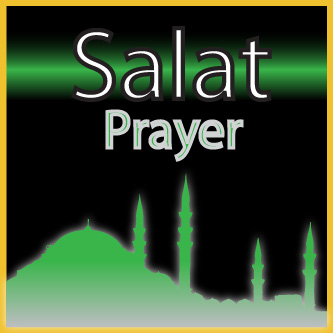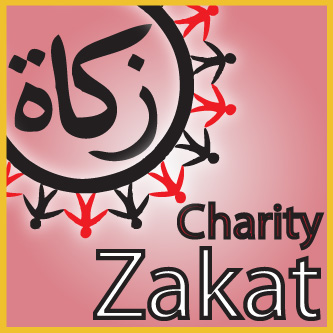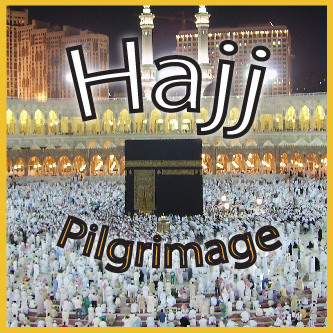Question:
Auzobillahi minushaytanir rajeem…. Bismillahir Rehmanir Raheem
As-Salamu Alaykom wa Rehmatullahi wa Barakatuhu Ya Sayyidi (q), Hajjah(q) and family, and staff,
Shukran kaseeran Sayyidi (q) for you. Mawlana(q)..
what is the difference between Nur of Allah swt and Nur of Sayyidna Mohammad sws? Allahu Noorus Samawati wal ardh … yet all creations are created by the nur of Prophet sws…so is Nur Allah swt and Nur Mohammad sws same beam?
Ya Sayyidi, please forgive me and increase my love for you…Habibi Sayyidi please tell me something to increase you in me.
Answer:
The Nur of Allah is uncreated, indescribable, unfathomable and inexpressible, but the Prophet (s) was created to be the manifestation of that nur and its reflection in the realm of creation for us to know something of it, each one according to their capacity. Allah Most High said, {There has certainly come to you from Allah a light and an all-clarifying Book}.( Al-Ma’idah, 5:15)
To take but two examples, (and Allah is beyond all examples), no one can stare at the sun. But you can stare at the light of the sun as it is reflected in the full moon and appreciate its beauty, hence the Prophet (s) has been described in the poetry of the early Muslims as “the light of the full moon” which light is in reality the light of the sun. Similarly, we recite Quran with our tongues and memorize it in our hearts, although we are creatures and Quran is Allah’s Divine Uncreated Speech, and the Quran is also Nur. In one of his famous speeches, the late preacher of Egypt, Shaykh Abdul-Hamid Kishk, said, “Allah is nur, and the Quran is nur and the Prophet (s) is nur!” and he kept repeating it.
Sayyidina `Abbas (r), the uncle of the Prophet (s) recited:
…And then, when you were born,
a light rose over the earth until
it illuminated the horizon with its radiance.
We are in that illumination and that original light
and those paths of guidance
and thanks to them pierce through.
The Companions many times compared the Prophet to a light or a harbinger of light, particularly a sun and a moon, chief among them his poet, Hassan ibn Thabit al-Ansari:
tarahhala `an qawmin faddalat `uqulahum
wa halla `ala qawmin bi nurin mujaddadi
He left a people who preferred their minds over him and he dawned on a people with a light made new.
mata yabdu fi al-daji al-bahimi jabinuhu
yaluhu mithla misbahi al-duja al-mutawaqqidi
Whenever his forehead emerged in pitch-black darkness
it would shine like the blazing luminary of dark night.
Bayhaqi narrated the two verses in Dala’il al-nubuwwa (1:280, 302). The latter verse is also narrated Ibn `Abd al-Barr in al-Isti`ab (1:341) and al-Zarqani in Sharh al-mawahib (1:91).
Abu `Ubayda ibn Muhammad ibn `Ammar ibn Yasir said: I said to al-Rubayyi` bint Mu`awwadh: “Describe for me Allah’s Messenger.” She replied: “If you saw him you would say: The sun is rising.”
Bayhaqi narrates it with his isnad in Dala’il al-nubuwwa (1:200), and Haythami in Majma` al-zawa’id (8:280) says that Tabarani narrates it in al-Mu`jam al-kabir and al-Awsat and that its narrators have been declared trustworthy.
Ka`b ibn Malik said: “I greeted the Prophet and there was lightning in his face. Whenever the Prophet was happy, his face would be illuminated as if it were a piece of the moon.”
Bukhari and Muslim narrated it, as well as Ahmad in his Musnad.
This is just a basic explanation, but we recommend to follow closely the suhbas of Mawlana Shaykh Hisham Kabbani as he has provided a lot of details following up the suhbas of Mawlana Shaykh Nazim on this very important theme.
Hajj Gibril Haddad






